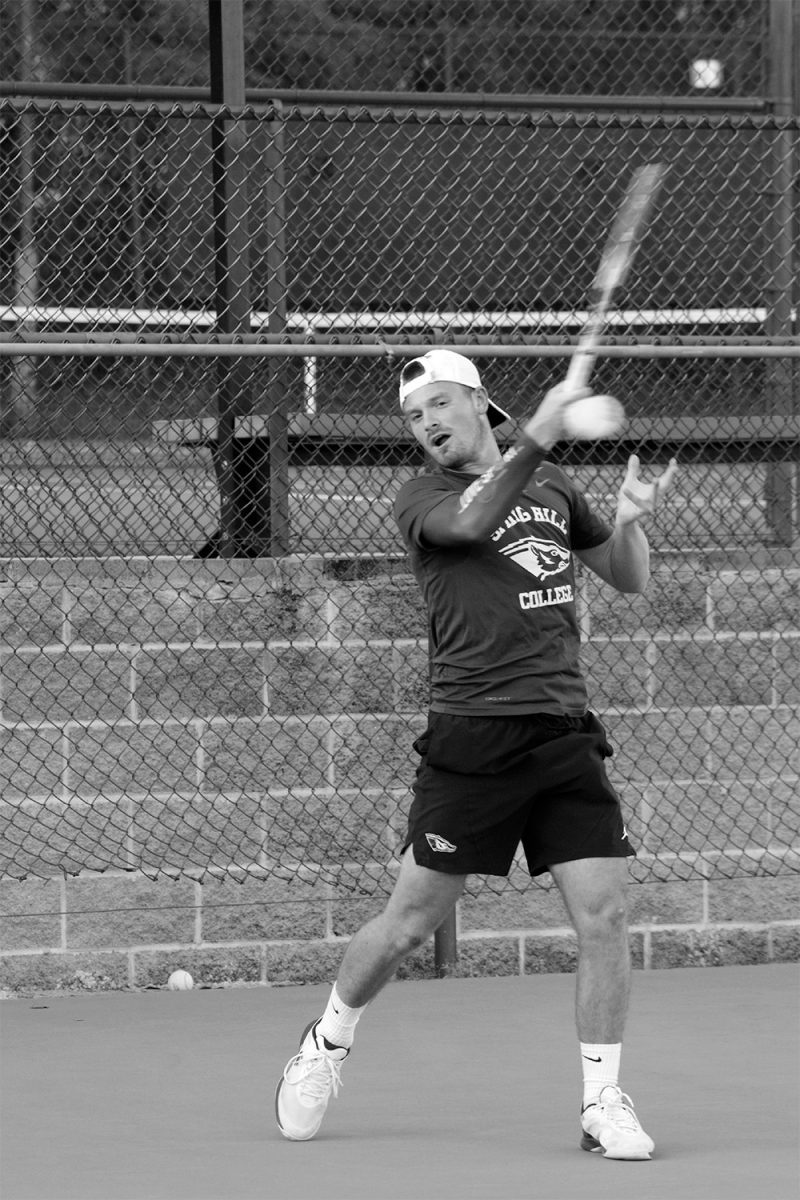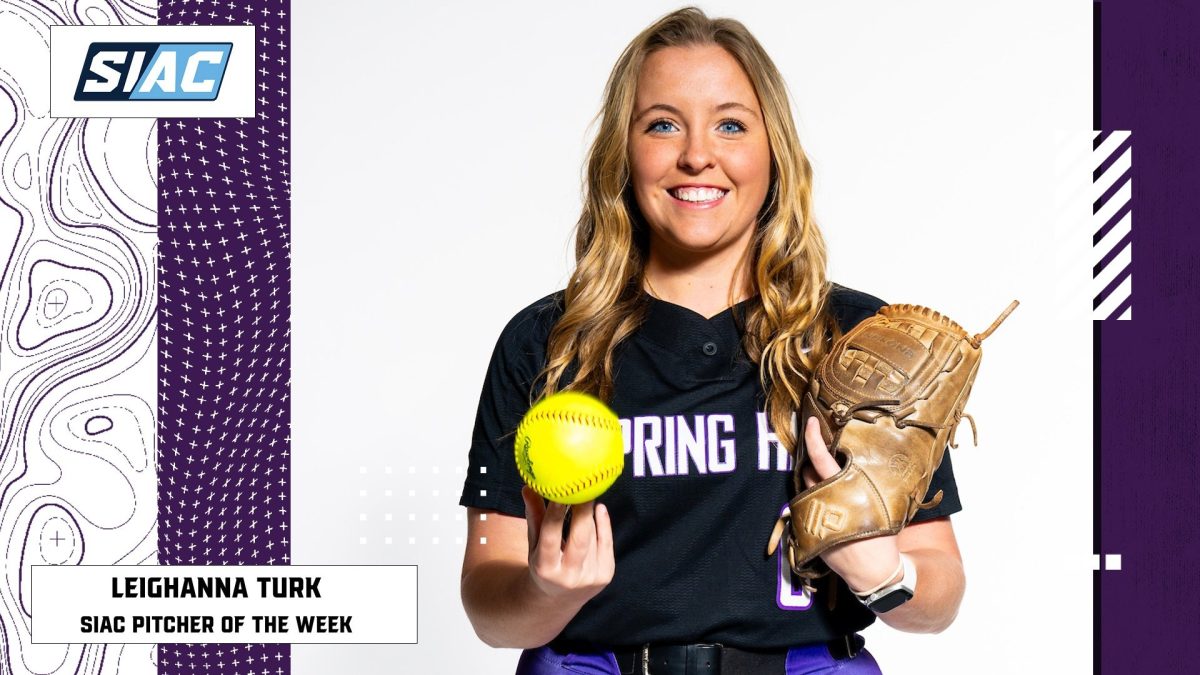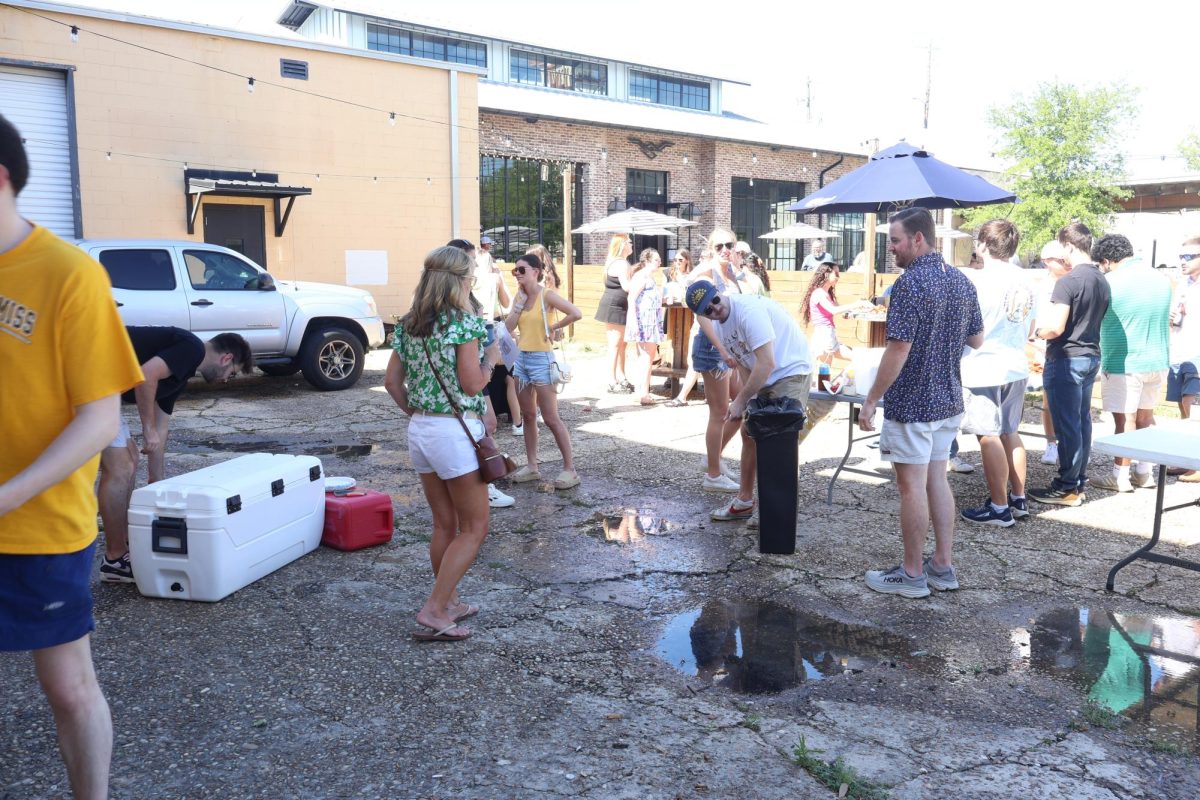Professors at Spring Hill College are “much more comfortable with online learning than they were six months ago”, according to Spring Hill College President Joseph Lee.
Both professors’ and students’ daily routines of teaching and attending physical classes were upheaved by the COVID-19 pandemic in March, which forced them to return home and adopt remote learning. Some professors, such as Dr. George Gilmore of the theology department, took the sudden adjustment with ease since he had been teaching online long before COVID-19. “Theology almost had an unfair advantage- because we had online classes for a couple of years before we had the switch”, said Gilmore.
When students were surveyed by a Public Viewpoint study, the survey reported that only 26% of the 1000 students surveyed believed that colleges offering only online classes were optimal. Not only do students await a return to normalcy, but teachers also miss physical classes.
Brian Druckenmiller, head of the creative writing department, said that “We [teachers] like the interactions with students. We like to be able to help a student out if they have an issue- which is easier if a student raises their hand, rather than sending an email into this faceless void and crossing their fingers hoping that the teacher understands what the issue is”.
The COVID-19 pandemic may be temporary, but its effects on education could be permanent. Senior Vice President of Strada Education Network, Dave Clayton, said that based on The Public Viewpoint: COVID-19 Work and Education survey, “Hybrid education, which mixes elements of online and in-person education, was a consistently popular option”. These types of courses utilize online resources to enhance student learning, but still provide the opportunity to communicate with professors and classmates face-to-face.
Despite not interacting with students as much as traditional physical classes allow, Druckenmiller states one positive of hybrid classes: “it seems as though we’re having more enriching conversations, where more people are participating.” This seems to support that not only have teachers become more comfortable with the transition to hybrid and online courses, but also students are becoming more comfortable with this new normal as well.
“If there’s something positive about online learning”, Dr. Gilmore stated, “it’s that you’re one-on-one with everybody and it’s really personal”.

























